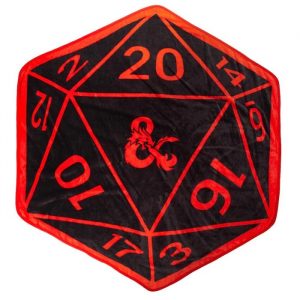Ever felt like solving big problems takes forever? Enter the Sprint method, a five-day miracle cure for tackling tough challenges and testing new ideas. Inspired by Jake Knapp’s book “Sprint,” this process helps teams move from problem to prototype in record time. Here’s a light-hearted guide to this speedy problem-solving approach.
The Process of the Sprint
Mindmap (Map in the book)
First up, the Map phase. Grab a piece of paper or your favorite note-taking app and start drawing boxes and bubbles. These shapes will represent your inputs (bubbles) and desired outputs (boxes). Connect them together and, voila, you’ll see the process and any missing pieces. Don’t worry if it looks chaotic—this is just the beginning!
Blueprint (Sketch in the book)
Next, it’s time to Sketch. Take your mindmap and start pulling on those threads. What does each input affect? What are the dependencies and outputs? Draw out each process step-by-step. This will give you a clearer, more organized blueprint of your solution. And don’t be shy—get feedback from a trusted colleague or friend over coffee to refine your ideas.
Decision (Decide in the book)
With your blueprint in hand, it’s time to Decide. What’s the best way to follow this plan? Whether it’s using Excel, coding, or another tool, aim for simplicity. As Albert Einstein said, “Everything should be made simple, but not simpler.” Gather your inputs and dependencies, and you’re ready to move forward.
Build (Prototype in the book)
Now comes the fun part: building your Prototype. This is where your hard work starts to take shape. Whether it’s a market model, an automated financial sheet, or a training presentation, roll up your sleeves and get building. It’s all about turning your blueprint into a tangible, testable product.
Review (Test in the book)
Finally, it’s time to Test. Let others take a look at your creation. Encourage them to review it, play around with it, and even break it. Gather their feedback and use it to make improvements. It might be tough to hear criticism, but it’s essential for refining your work and making it the best it can be.
Benefits of Sprint
The Sprint method comes with a bunch of benefits:
- Speed and Efficiency: Compress months of work into just five days. Get things done fast!
- Focus and Clarity: Spend a week focused solely on the problem, leading to clearer insights and better solutions.
- Collaboration: Bring together diverse perspectives and expertise, ensuring everyone’s on the same page.
Practical Applications
The Sprint process isn’t just for tech startups. It’s versatile and can be applied to a range of problems across different industries:
- Product Design: Quickly iterate and improve new features and user interfaces.
- Marketing: Test marketing strategies and campaigns before a full-scale launch.
- Business Strategy: Explore new business models and streamline operations.
- Non-profits: Develop effective programs and maximize impact.
Conclusion
And there you have it—the Sprint method in a nutshell. It’s a powerful framework for solving big problems and testing new ideas quickly. So, the next time you’re faced with a daunting challenge, give the Sprint a try. You might just be amazed at what you can achieve in five days. Now, take a breather, celebrate your progress, and get ready to do it all over again!
This is inspired by Jake Knapp’s Sprint book. I have used this method since 2016 as a problem-solving methodology.
You can get the PDF template that I use with note taking app on my tablet.
Not affiliated with Jake Knapp in any way. Not for commercial use, only for personal use.
JPS Nagi
June 2024

